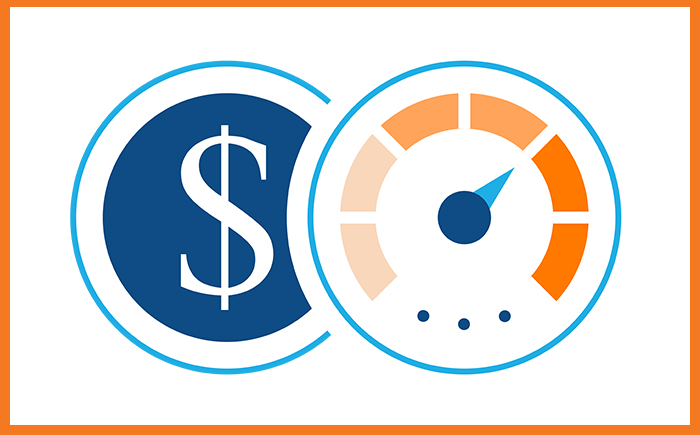
When your business is under financial pressure, raising cash quickly may be your option to keep your business running.
As a cash flow crisis can be stressful when it happens, you may need to act fast. Maintaining an accurate asset register ensures you’ll have up-to-date information to consider what you may want to sell. Carefully review your balance sheet for opportunities to free up money and talk to your accountant or business adviser about your situation if you’re not sure.
Business assets you may be able to liquidize fall into four main categories:
1. Current Assets
This category covers any items that can be quickly sold and converted to cash. If you don’t need to repurchase these items to continue to operate, you could use the money to pay for other more immediate costs to buy you more time to recover.
Apart from the cash you have in your accounts, investigate what you either don’t need or could reduce the amount on hand. Common current assets examples to convert to cash are:
- accounts receivable to collect
- existing inventory
- raw materials
- manufacturing and packaging supplies
- short-term investments that mature in under 12 months
- any funds in offshore accounts that you can bring back
If in the past you’ve held excess stock and raw materials to take advantage of bulk discounts or efficiencies, look at reviewing your processes to only order ‘just-in-time’ to lower the volume you hold.
2. Fixed or Long-Term Assets
Fixed assets are usually the more expensive items you’ve purchased to run your business and typically last more than one year. Think about taking the opportunity to streamline and sell anything you no longer need.
Common examples to convert to cash are:
- excess technology
- office equipment and furniture
- machinery
- vehicles
- long-term investments
If you own property, land, equipment or vehicles that are still needed, you could sell the asset to free up capital and then lease back. It usually costs more in the long run to lease an asset than own it, but you’ll get an immediate injection of cash to keep you afloat.
If you do find circumstances are disastrous, you may need to scale down to a skeleton operation to keep the business intact to fight another day, as it’s a balancing act between having the cash to survive without hamstringing your business permanently.
3. Intangible Assets
These assets tend to be harder to value as they include intellectual property (IP), goodwill, brand and your business ‘know-how’. They are worth something to your business but are much harder to unbolt and sell, plus possible buyers are in the same industry (and predicament) as you, so they too could be hard up for cash.
Common examples are patents, trademarks, designs, informal agreements or customer contracts that could be sold to another business. Be careful, your IP is often inseparable from the core value of your business.
4. Other Business Interests
Review any part of your business you don’t need that could be sold without disrupting your core business. If you have a number of locations, branches or offices it could be possible to split them off and sell as a going concern, or close and liquidize the assets. If you have an underperforming part of the business or have expanded in the past into non-core products or markets, now could be a good time to retrench back to what you’re best at.
Remember the liquidation value of an asset is most likely to be below market value, so carefully consider all your options before you sell off the business silver to keep things running. Seek legal, financial and business advice if you’re making decisions that impact on your long-term future. Diamond Credit Union’s Business Service’s division is available to offer solutions and financial guidance.



